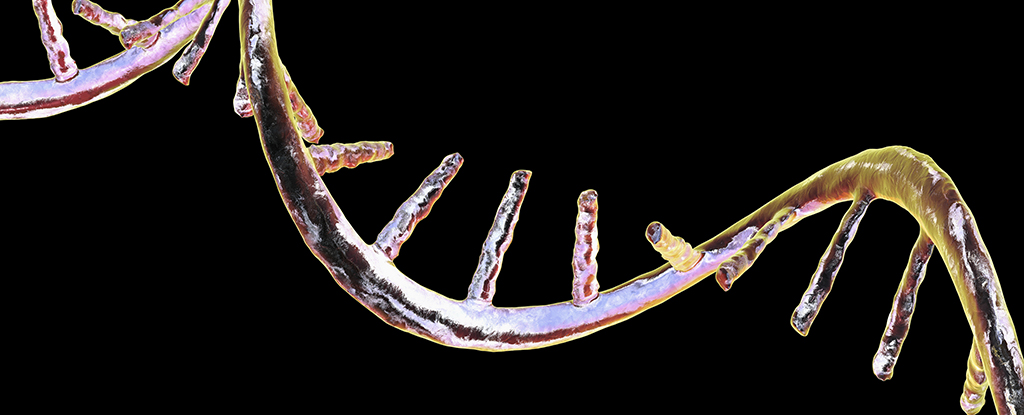Place your adverts here on InfoDig @ low rates; banner ads, sponsored links and guest articles etc. Contact us
We live in a world where it is virtually impossible to escape plastics and their associated chemicals.
New evidence suggests that in southern California, the average urban resident's exposure to plasticizers – the substances used to soften plastics and make them more flexible – is "through the roof".
"No matter who you are, or where you are, your daily level of exposure to these plasticizer chemicals is high and persistent," concludes toxicologist David Volz from the University of California, Riverside (UCR).
"They are ubiquitous."
While not all of these plasticizers are known to be toxic, several are linked to serious health issues.
Just recently, the California State Legislature moved to ban one of these chemical compounds, DEHP, from use in IV bags and medical tubing. The state warns that DEHP (di (2-ethylhexyl) phthalate) can increase the risk of cancer, harm the reproductive system, and affect child development.
In California, DEHP has been banned in children's products at certain concentrations since 2009.
The new research, however, suggests residents in the southern region of the state continue to be exposed to this chemical and others like it at high concentrations.
The findings come from experiments conducted in 2019 and 2020. A total of 137 students at UCR were equipped with silicone wristbands, which they then wore for five days straight as they went about their usual lives.
Retrieving the bands, researchers at UCR and Duke University looked for 10 known plasticizers that the material might have absorbed from the environment. To their surprise, they uncovered an astonishing concentration of possibly dangerous pollutants.
"The levels of these compounds are through the roof," says Volz. "We weren't expecting that."
But similar exposure levels have been found on the east coast of the US, too.
Of the total mass of plasticizers absorbed by the bracelets in southern California, between 94 and 97 percent were attributed to DiNP, DEHP, and a new type called DEHT.
Along with DEHP, the state of California has also determined that DiNP (di-isononyl phthalate) may increase the risk of cancer.
Like most of today's plasticizers, DiNP and DEHP belong to a family called phthalates – found in food packaging, vinyl, cosmetics, and household products galore.
Phthalates can be ingested, absorbed through the skin, or inhaled. They have a short life in the human body, and yet they are now found in the urine of most Americans with largely unknown health effects.
DEHT is not a phthalate. It was introduced as a safer alternative, but researchers say "little is known about the potential toxicity of DEHT in human-relevant model systems."
"Overall, our findings raise concerns about chronic DiNP, DEHP, and DEHT exposure in urban, population-dense regions throughout California," warns the team.
And they aren't the only ones expressing concern. The US Environmental Protection Agency (EPA) is currently evaluating the toxicity of DEHP, DiNP, and other phthalates in light of new evidence, which suggests these chemicals are probably carcinogenic.
A preliminary draft of the EPA review determines that DiNP causes liver damage and could cause cancer at higher levels of exposure.
"EPA is concerned about phthalates because of their toxicity and the evidence of pervasive human and environmental exposure to these chemicals," reads the agency site on phthalates.
"Phthalates are used in many industrial and consumer products, many of which pose potentially high exposure. Phthalates have been detected in food and also measured in humans."
The study was published in Environmental Research.















 English (US) ·
English (US) ·